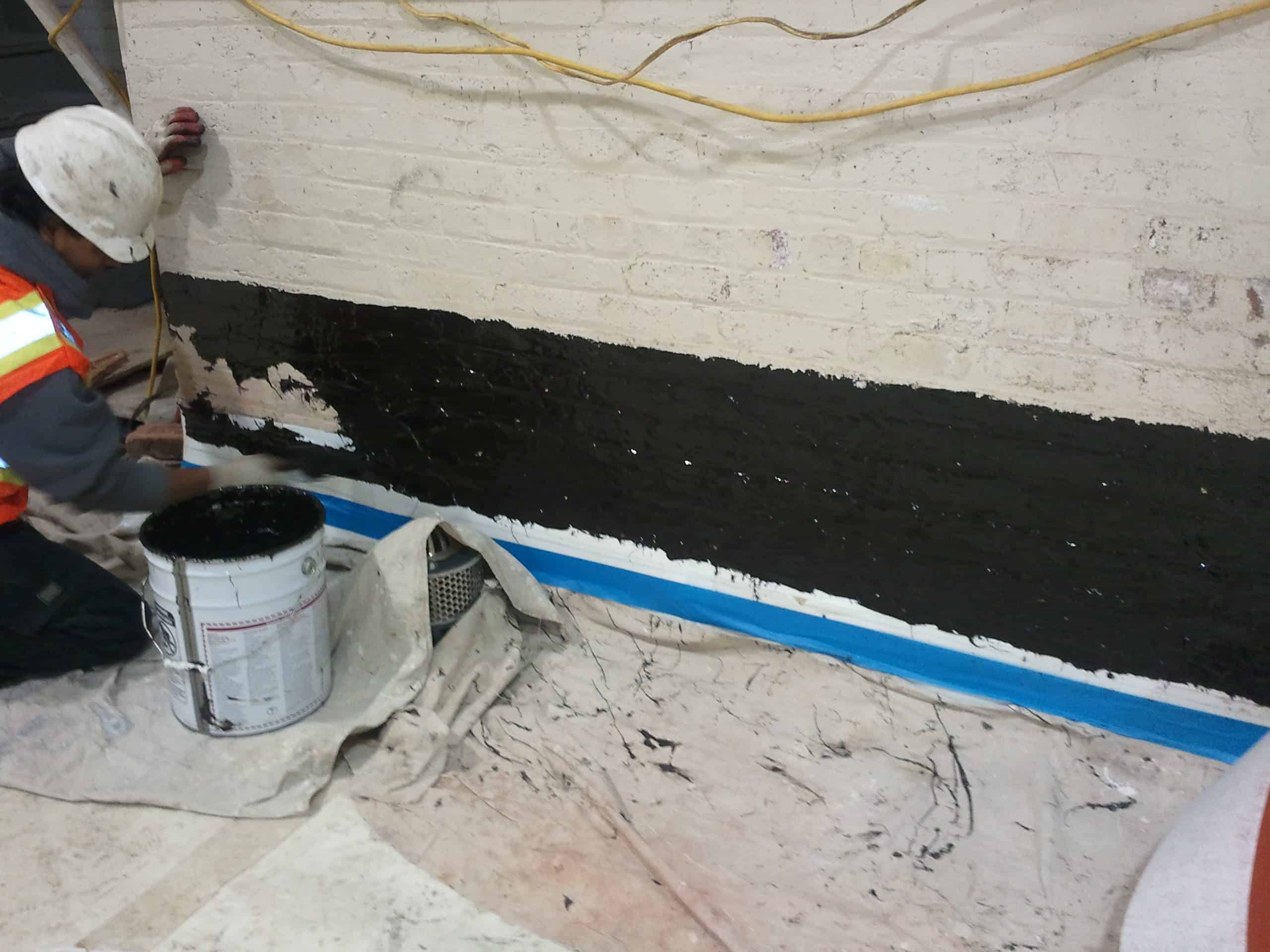

Articles
How To Waterproof The Basement
Modified: January 9, 2024
Looking for helpful articles on how to waterproof your basement? Discover effective tips and techniques to keep your basement dry and protected.
(Many of the links in this article redirect to a specific reviewed product. Your purchase of these products through affiliate links helps to generate commission for Storables.com, at no extra cost. Learn more)
Introduction
Welcome to the ultimate guide on how to waterproof your basement. A waterproof basement is essential for maintaining the structural integrity of your home and preventing damage caused by water infiltration. Whether you have noticed signs of water damage or simply want to take preventive measures, this article will provide you with a comprehensive overview of basement waterproofing techniques and solutions.
Basements are notorious for being prone to water seepage, mold growth, and dampness. This is mainly due to their below-ground level positioning and their exposure to groundwater, heavy rain, and other external factors. However, with the right knowledge and tools, you can effectively waterproof your basement and create a dry and habitable space.
Before diving deep into basement waterproofing techniques, it is important to assess your basement for any existing issues. This will help you identify the root cause of the problem and determine the best approach for waterproofing.
Next, we will explore common basement waterproofing issues that homeowners often encounter. From leaking walls and floors to condensation and musty odors, understanding these problems will enable you to address them effectively.
Once you have assessed the condition of your basement and identified the specific issues, it is time to prepare the space for waterproofing. This includes clearing out any belongings, removing obstructions, and ensuring proper ventilation for the procedure.
In the following sections, we will discuss various basement waterproofing techniques and solutions. This includes applying waterproofing products to the basement walls, installing drainage systems, and waterproofing basement floors. Each technique plays a crucial role in preventing water infiltration and creating a dry environment.
Additionally, we will explore the importance of addressing exterior waterproofing needs. Often ignored, exterior waterproofing measures are essential for keeping water away from the foundation walls and protecting the basement from potential water damage.
Lastly, we will discuss the importance of maintaining your basement waterproofing solutions to ensure their long-term effectiveness. Regular inspections, repairs, and preventive measures will help you avoid future water-related issues and costly repairs.
By following the guidance provided in this comprehensive guide, you will be equipped with the knowledge and tools necessary to effectively waterproof your basement. Say goodbye to the inconvenience and worries of a wet basement and enjoy a dry and comfortable space in your home.
So, let’s jump in and learn how to transform your basement into a dry and secure area.
Key Takeaways:
- Transform your basement into a dry, habitable space by assessing, preparing, and applying effective waterproofing techniques. Regular maintenance ensures long-term protection against water infiltration and damage.
- Address common basement waterproofing issues, install drainage systems, and maintain exterior waterproofing to create a robust defense against water infiltration. Enjoy a dry, secure, and comfortable basement space in your home.
Read more: What Is Basement Waterproofing
Assessing the Basement for Waterproofing Needs
Before starting any basement waterproofing project, it is crucial to thoroughly assess the condition of your basement. This assessment will help you determine the areas that require waterproofing and identify any underlying problems that may need to be addressed. Here are some key steps to follow during the assessment process:
- Inspect for signs of water damage: Look for any visible signs of water damage, such as damp or discolored walls, pooling water, or mold growth. These indicate areas that are particularly vulnerable to water infiltration.
- Check for cracks and gaps: Examine the walls, floors, and foundation for any cracks, gaps, or openings that could serve as entry points for water. Even small cracks can allow water to seep into the basement over time.
- Measure moisture levels: Use a moisture meter to measure the moisture levels in different areas of the basement. This will help you identify areas with higher moisture content, which may require additional waterproofing measures.
- Observe during rainfall: During a rainfall, carefully observe the basement for any signs of water seepage, such as dripping or running water. Pay close attention to corners, windows, and areas where the walls meet the floor.
- Check exterior drainage: Assess the condition of the gutters, downspouts, and grading around the foundation. Poor exterior drainage can contribute to basement water problems, so ensure that water is effectively directed away from the house.
- Consider the soil conditions: Evaluate the type of soil surrounding your foundation. Some soils, such as clay, hold more water and can increase the likelihood of water seepage into the basement. Understanding your soil conditions will help you determine the appropriate waterproofing methods.
By thoroughly assessing your basement, you will be able to identify the areas that require waterproofing and the specific issues that need to be addressed. This will help you develop an effective waterproofing plan and choose the most suitable techniques and products for your basement. Remember, a proper assessment is the first step towards creating a dry and secure basement environment.
Identifying Common Basement Waterproofing Issues
Basements are prone to a variety of waterproofing issues, and identifying these common problems is crucial in addressing them effectively. By understanding the specific issues that your basement may be facing, you can choose the most appropriate waterproofing solutions. Here are some of the most common basement waterproofing issues:
- Water seepage through cracks: Cracks in the foundation walls or floors can allow water to seep into the basement. These cracks can occur due to settling of the foundation, shifting soil, or the natural aging of the materials. Water seepage through cracks is a common issue that needs to be addressed to prevent further damage.
- Condensation and high humidity: Basements are prone to high humidity levels, which can lead to condensation on the walls and floors. This can result in dampness, mold growth, and musty odors. Controlling humidity levels and addressing condensation is essential for maintaining a dry and healthy basement environment.
- Leaking windows and doors: Improperly sealed or poorly insulated windows and doors can allow water to enter the basement during rainfall or when snow melts. Leaks around windows and doors can contribute to water damage and should be addressed with proper sealing and insulation.
- Inadequate drainage: Poorly designed or clogged drainage systems can cause water to accumulate around the foundation. This can lead to water seeping into the basement through cracks, gaps, or even through the walls. Ensuring proper and effective drainage is essential for preventing basement water problems.
- Inadequate exterior waterproofing: The exterior walls of the basement are exposed to external elements such as rain, snow, and groundwater. Inadequate exterior waterproofing, such as damaged or missing waterproofing membranes, can increase the risk of water infiltration into the basement.
- Sump pump failure: Sump pumps are designed to remove excess water from the basement. However, if the sump pump malfunctions or is not properly maintained, it can lead to basement flooding and water damage. Regular sump pump maintenance is crucial to ensure its proper functioning.
Identifying these common basement waterproofing issues will help you understand the specific challenges your basement is facing. Once you have identified these issues, you can select the appropriate waterproofing solutions and techniques to address them effectively.
Remember, each basement is unique, and the specific waterproofing issues can vary. It is crucial to carefully assess your basement and consult with a professional if needed to determine the best approach for waterproofing your particular basement. By addressing these common issues, you can create a dry and protected basement space for your home.
Preparing the Basement for Waterproofing
Before you start the waterproofing process, it is essential to properly prepare your basement. This preparation ensures that you have a clean and stable surface to work with and helps maximize the effectiveness of the waterproofing techniques. Here are some important steps to follow when preparing your basement for waterproofing:
- Clear out the basement: Remove all belongings, furniture, and storage items from the basement. This will provide you with a clear and unobstructed space to work in.
- Inspect and repair any existing damage: Take the time to carefully inspect the walls, floors, and foundation for any visible damage or signs of water infiltration. Address any existing cracks, leaks, or other issues before proceeding with the waterproofing process.
- Ensure proper ventilation: Proper ventilation is essential to maintain a dry and healthy basement. Open windows and use fans or dehumidifiers to improve air circulation and prevent excess moisture buildup during the waterproofing process.
- Clean the surfaces: Thoroughly clean the basement walls and floors, removing any dirt, dust, or debris. This will help ensure that the waterproofing products adhere properly to the surfaces and provide an effective barrier against water.
- Fix any drainage issues: Before waterproofing, it is crucial to address any existing drainage issues. Ensure that gutters and downspouts are properly functioning and directing water away from the foundation. Fix any grading problems that may cause water to pool around the basement walls.
- Protect valuable items: If there are any items that cannot be removed from the basement, make sure to cover them securely to protect them from dust, debris, and potential water splashes during the waterproofing process.
Properly preparing your basement for waterproofing sets the foundation for a successful and long-lasting waterproofing solution. Taking the time to clear out the space, repair any existing damage, and improve ventilation will help ensure that the waterproofing techniques are applied to a clean and suitable surface.
Remember that different basements may require specific preparation steps based on their individual conditions. It is always a good idea to consult with a professional to assess your specific basement needs and provide expert guidance on the preparation process.
By following these preparation steps, you will be ready to move forward with the basement waterproofing process and create a dry and protected space in your home.
Basement Waterproofing Techniques
There are various basement waterproofing techniques available to help you protect your basement against water infiltration and prevent water damage. The choice of technique will depend on factors such as the specific issues your basement is facing, the severity of the problem, and your budget. Here are some commonly used basement waterproofing techniques:
- Interior Waterproofing: Interior waterproofing involves applying waterproofing products to the interior surfaces of the basement, such as walls and floors. This technique is typically used to address minor water seepage issues and can include the use of waterproofing paints, sealants, and coatings to create a barrier against water.
- Exterior Waterproofing: Exterior waterproofing focuses on preventing water from entering the foundation walls in the first place. This technique involves excavating the soil around the foundation and applying waterproofing membranes or coatings to the exterior walls. It also includes improving the grading and installing effective drainage systems to divert water away from the foundation.
- Crack Injection: If your basement has cracks in the walls or floors, crack injection is an effective technique to address these vulnerabilities. It involves injecting specialized waterproofing materials, such as epoxy or polyurethane, into the cracks to seal them and prevent water from seeping in.
- Sump Pump Installation: A sump pump is a key component of a waterproofing system. It helps remove excess water from the basement and prevents flooding. Sump pump installation involves digging a pit in the basement floor and installing a pump that automatically activates when water reaches a certain level.
- Damp Proofing: Damp proofing is a technique used to resist moisture and prevent dampness. It typically involves applying a special damp proofing coating or membrane to the walls and floors of the basement to reduce the transfer of moisture.
- French Drain Installation: A French drain is a drainage system that helps collect and redirect water away from the foundation. It involves digging a trench around the perimeter of the basement, installing a perforated pipe, and covering it with gravel to facilitate proper drainage.
Each of these basement waterproofing techniques serves a specific purpose and can be combined to create a comprehensive waterproofing solution for your basement. The choice of technique will depend on the specific needs of your basement and the recommendations of a professional waterproofing contractor.
It is important to note that basement waterproofing techniques are not a one-time fix. Regular maintenance and inspections are necessary to ensure the long-term effectiveness of the waterproofing system. By implementing the right waterproofing techniques and staying proactive with maintenance, you can protect your basement and enjoy a dry and secure space in your home.
Read more: How To Waterproof Basement Floor
Applying Waterproofing Products to the Basement Walls
One of the key steps in basement waterproofing is applying waterproofing products to the walls. This helps create a barrier against water and prevents it from seeping into the basement. There are several different types of waterproofing products available, each with its own application method. Here are some commonly used waterproofing products and the steps involved in applying them to the basement walls:
- Waterproofing Paints: Waterproofing paints are designed specifically to prevent water penetration into the basement walls. Before applying the paint, it is important to thoroughly clean the walls and remove any existing dirt, dust, or loose material. Fill any cracks or gaps in the walls with an appropriate filler or patching compound, and allow it to dry completely. Next, apply a coat of waterproofing paint using a brush or roller, following the manufacturer’s instructions. It is usually recommended to apply multiple coats for maximum effectiveness.
- Waterproofing Sealants: Waterproofing sealants are typically used to fill and seal cracks, gaps, and joints in the basement walls. Before applying a sealant, clean the area thoroughly and remove any debris. Use a caulk gun to apply the sealant into the cracks or gaps, ensuring even coverage. Smooth the sealant using a putty knife or your finger, and allow it to dry according to the manufacturer’s instructions. It is important to choose a sealant that is specifically designed for basement waterproofing.
- Waterproofing Coatings: Waterproofing coatings are liquid-applied membranes that provide a durable and waterproof barrier on the basement walls. Start by preparing the walls, removing any loose material or contaminants. Apply a primer coat to enhance adhesion, and allow it to dry. Next, apply the waterproofing coating using a brush, roller, or sprayer, following the manufacturer’s guidelines. Apply multiple coats if recommended, allowing each coat to dry before applying the next. It is important to ensure a consistent and even application for maximum effectiveness.
When applying waterproofing products to the basement walls, it is essential to follow the manufacturer’s instructions and safety guidelines. Proper surface preparation, including cleaning and repair, is crucial to ensure the best adhesion and effectiveness of the waterproofing products.
Keep in mind that applying waterproofing products to the walls is just one part of a comprehensive basement waterproofing solution. It is often recommended to combine wall waterproofing with other techniques such as interior drainage systems or exterior waterproofing for optimal results. Consult with a professional waterproofing contractor to determine the most suitable combination of techniques for your basement.
By applying proper waterproofing products to the basement walls, you can significantly reduce the risk of water infiltration and protect your basement against water-related damage.
Make sure to inspect and repair any cracks in the basement walls or floors before waterproofing. Even small cracks can allow water to seep in. Use a high-quality waterproofing sealant to effectively block out moisture.
Installing Basement Drainage Systems
Installing a basement drainage system is an important step in waterproofing your basement. These systems are designed to collect and redirect water away from the foundation, preventing water seepage and potential damage. There are different types of basement drainage systems available, and the installation process may vary depending on the system chosen. Here is a general overview of the steps involved in installing a basement drainage system:
- Assess the drainage needs: Before installing a drainage system, evaluate the specific drainage needs of your basement. Determine the areas where water may accumulate and the best routes for directing the water away from the foundation.
- Excavate around the perimeter: Begin by excavating the soil around the perimeter of the basement to create a trench. The width and depth of the trench will depend on the specific drainage system being installed. It is crucial to ensure that the bottom of the trench is level to facilitate proper water flow.
- Install the drain pipes: Place perforated drain pipes, such as PVC pipes, in the trench. These pipes will collect the water and carry it away from the foundation. Connect the sections of the drain pipes using appropriate connectors, ensuring a secure and watertight fit. Slope the drain pipes downward to create a gradual gradient for water flow.
- Add gravel or aggregate: Fill the trench around the drain pipes with gravel or aggregate. This acts as a filter and allows water to flow freely into the perforated pipes. Ensure that the trench is adequately filled, leaving enough space for the final layer of covering.
- Cover the drain system: Place a geotextile fabric or landscaping fabric over the gravel layer to prevent debris from entering the drain pipes and clogging the system. This fabric allows for water flow while filtering out any unwanted materials. Finally, fill the remaining space with soil, making sure it is graded away from the foundation to prevent water from pooling around the basement walls.
- Connect to a sump pump: In some cases, a basement drainage system may be connected to a sump pump. The sump pump collects the water from the drainage system and pumps it away from the basement. Follow the manufacturer’s instructions for installing and connecting the sump pump, ensuring proper alignment and secure connections.
Proper installation of a basement drainage system helps redirect water away from the foundation and prevents water seepage into the basement. It is important to consult with a professional to determine the most suitable drainage system for your specific basement and to ensure that the installation is carried out correctly.
Keep in mind that regular maintenance of the basement drainage system is essential to ensure its proper functioning. Regularly inspect the system for any clogs, damaged pipes, or other issues, and address them promptly to avoid potential water-related problems in the basement.
By installing a basement drainage system, you can effectively manage and control the water around your foundation, reducing the risk of water infiltration and protecting your basement from potential damage.
Waterproofing Basement Floors
Waterproofing the basement floor is a crucial step in creating a fully waterproofed basement. Although groundwater typically enters through the walls, moisture can still rise from the soil, leading to dampness and potential damage to the basement floor. Here are some effective techniques for waterproofing basement floors:
- Epoxy Coatings: Epoxy coatings are a popular choice for waterproofing basement floors due to their durability and moisture resistance. Before applying the epoxy coating, the floor needs to be clean and free from debris. Any cracks or damage should be repaired using an appropriate filler or patching compound. The epoxy coating is then applied in multiple layers, creating a seamless and waterproof surface.
- Concrete Sealers: Concrete sealers can be used to protect the basement floor and minimize moisture absorption. Before applying the sealer, thoroughly clean and dry the floor. Apply the sealer using a roller or sprayer, following the manufacturer’s instructions for application and drying time. Multiple coats may be necessary to achieve the desired level of waterproofing.
- Vapor Barriers: Vapor barriers are effective at preventing moisture from rising through the basement floor. These plastic or rubber membranes are installed beneath the flooring material, acting as a barrier against water vapor. Make sure to properly install the vapor barrier, ensuring all seams are sealed and there is no penetration for moisture to enter.
- Waterproofing Membranes: Waterproofing membranes, such as sheet membranes or roll-on membranes, are commonly used to create a waterproof layer on basement floors. These membranes provide a protective barrier, preventing water from seeping into the floor. Follow the manufacturer’s instructions for the specific membrane being used to ensure proper application and adhesion.
- Tile and Grout Sealers: If you have a tiled basement floor, it is important to apply a high-quality tile and grout sealer to prevent water infiltration. Clean the tiles and grout thoroughly before applying the sealer, ensuring they are free from dirt and grime. Apply the sealer according to the manufacturer’s instructions, and allow it to dry completely before using the area.
When waterproofing a basement floor, it is important to consider the specific needs of your basement and consult with a professional if necessary. The choice of waterproofing technique will depend on the type of flooring, the condition of the floor, and the level of moisture-related issues you are facing.
Remember that proper maintenance of the waterproofed floor is essential to ensure its longevity and effectiveness. Regularly inspect the floor for any signs of damage or wear and address them promptly to avoid potential water damage.
Applying the appropriate waterproofing techniques to your basement floor will help create a dry and protected environment in your basement, preventing moisture-related issues and maintaining the integrity of your home.
Addressing Exterior Waterproofing Needs
While interior waterproofing techniques are important, addressing the exterior of your home is equally crucial in preventing water infiltration and protecting your basement. Exterior waterproofing focuses on directing water away from the foundation walls and ensuring that the exterior of your home is properly sealed. Here are some key components of addressing exterior waterproofing needs:
- Proper Grading: The slope of the soil around your home’s foundation should be graded away from the house. This helps direct water away from the foundation instead of pooling around it. Regularly check the grading and make any necessary adjustments to maintain proper drainage.
- Gutters and Downspouts: Ensure that your gutters and downspouts are clean, free from debris, and functioning properly. Clogged or damaged gutters can result in water overflow, causing water to flow down the side of your house and potentially seep into the basement. Install gutter guards if necessary to prevent debris buildup.
- Downspout Extensions: Extend your downspouts away from the foundation by at least 4 to 6 feet. This helps direct water further away from the house, minimizing the risk of water pooling near the foundation walls. Use downspout extensions or splash blocks to achieve proper water diversion.
- Foundation Waterproofing: Applying a waterproofing membrane or coating to the exterior of foundation walls provides an additional layer of protection against water infiltration. This is typically done during new construction or major renovations, but it can also be applied to existing foundations. Consult with a professional to determine the most suitable waterproofing method for your specific foundation.
- Window and Door Sealing: Ensure that windows and doors are properly sealed and caulked. This helps prevent water from entering around the frames and gaps, reducing the risk of water infiltration into the basement. Regularly inspect the caulking and reseal if necessary.
- Landscape Drainage: Consider the landscape surrounding your home and assess the drainage patterns. Make sure the ground slopes away from the foundation, and consider installing French drains or swales to redirect water away from the house.
Addressing exterior waterproofing needs is crucial in creating a strong defense against water intrusion. By implementing these measures, you can significantly reduce the risk of water damage to your basement and protect the structural integrity of your home.
It is important to stay proactive with regular maintenance and inspections of your exterior waterproofing systems. Regularly clean gutters and downspouts, check for any signs of foundation cracks or damage, and address any repair or maintenance needs promptly.
Remember, a holistic approach to basement waterproofing includes both interior and exterior solutions. By addressing exterior waterproofing needs, you enhance the overall effectiveness of your basement waterproofing system and create a robust defense against water infiltration.
Read more: How Much Is It To Waterproof A Basement
Maintaining Basement Waterproofing Solutions
Maintaining your basement waterproofing solutions is essential to ensure their long-term effectiveness and prevent water-related issues in the future. Regular maintenance and inspections will help identify any potential problems and allow for timely repairs. Here are some key maintenance tasks to consider:
- Inspect for signs of damage: Regularly inspect your basement walls, floors, and any visible waterproofing materials for signs of damage, such as cracks, peeling paint, or moisture stains. Address any issues promptly to prevent water infiltration.
- Monitor the sump pump: If you have a sump pump installed, regularly test and monitor its operation to ensure it is functioning properly. Clear any debris from the sump pit, check the pump’s electrical connection, and test the pump by pouring water into the pit to ensure it activates and pumps the water out effectively.
- Check and clean gutters and downspouts: Regularly clean your gutters and downspouts to remove any debris, such as leaves, twigs, or dirt. Clogged gutters can lead to water overflow and potential water damage. Ensure downspouts are securely attached and diverting water away from the foundation.
- Inspect exterior grading: Periodically check the grading around your home’s foundation to ensure it is still sloping away from the house. Over time, soil settlement or landscaping changes can lead to improper grading, causing water to pool near the foundation. Make any necessary adjustments to maintain proper drainage.
- Address plumbing leaks promptly: If you notice any plumbing leaks or moisture accumulation around pipes, fixtures, or appliances in your basement, address them promptly to prevent further water damage. Repair leaks, replace damaged pipes, and ensure proper sealing of plumbing connections.
- Perform regular maintenance on exterior waterproofing: If you have exterior waterproofing measures, such as a waterproofing membrane or coating, periodically inspect it for any signs of wear or damage. Address any issues promptly and consider reapplying the waterproofing material if necessary.
- Keep the basement well-ventilated: Proper ventilation is essential to prevent excessive humidity and condensation in the basement. Keep windows open when possible or use a dehumidifier to maintain optimal humidity levels. This helps prevent moisture-related issues and reduces the risk of mold and mildew growth.
It is recommended to create a maintenance schedule and keep a record of inspections and repairs. This will help ensure that regular maintenance tasks are not overlooked and enable you to track the condition of your basement waterproofing solutions over time.
If you are unsure about performing maintenance tasks or if you notice any significant issues, it is always wise to consult with a professional waterproofing contractor. They can provide expert advice and assistance in maintaining your basement waterproofing solutions.
By taking a proactive approach to maintenance, you can prolong the lifespan of your basement waterproofing systems and enjoy a dry and protected basement for years to come.
Conclusion
Congratulations! You have reached the end of this comprehensive guide on how to waterproof your basement. By now, you should have a solid understanding of the various techniques, products, and maintenance tasks involved in creating a dry and protected basement space. Let’s recap the key points discussed throughout this guide:
Firstly, we emphasized the importance of assessing your basement to identify specific waterproofing needs. This includes inspecting for signs of water damage, checking for cracks and gaps, measuring moisture levels, and observing during rainfall.
We then delved into the common basement waterproofing issues that homeowners often face, such as water seepage through cracks, condensation and high humidity, leaking windows and doors, inadequate drainage, inadequate exterior waterproofing, and sump pump failure.
Next, we explored how to properly prepare the basement for waterproofing. This involves clearing out the space, inspecting and repairing any existing damage, ensuring proper ventilation, cleaning the surfaces, fixing drainage issues, and protecting valuable items.
We then discussed a range of basement waterproofing techniques, including applying waterproofing products to the walls, installing basement drainage systems, waterproofing basement floors, and addressing exterior waterproofing needs. Each technique plays a crucial role in preventing water infiltration and protecting your basement.
In the final section, we covered the importance of maintaining your basement waterproofing solutions. We highlighted the significance of regular inspections, monitoring sump pumps, cleaning gutters and downspouts, addressing plumbing leaks promptly, and performing maintenance on exterior waterproofing measures.
Remember, maintaining a waterproof basement is an ongoing process. Regular maintenance, inspections, and repairs are essential to ensure the long-term effectiveness of your waterproofing solutions. By implementing these techniques and staying proactive in maintaining your basement, you can enjoy a dry, protected, and comfortable space in your home.
If you are unsure or overwhelmed with the basement waterproofing process, consider consulting with a professional waterproofing contractor. They have the expertise and experience to assess your specific needs and provide tailored solutions to waterproof your basement.
Thank you for taking the time to learn about basement waterproofing. Now, armed with this knowledge, you are well equipped to take the necessary steps to transform your basement into a dry and secure area. Good luck with your waterproofing project, and enjoy the benefits of a dry and protected basement!
Frequently Asked Questions about How To Waterproof The Basement
Was this page helpful?
At Storables.com, we guarantee accurate and reliable information. Our content, validated by Expert Board Contributors, is crafted following stringent Editorial Policies. We're committed to providing you with well-researched, expert-backed insights for all your informational needs.
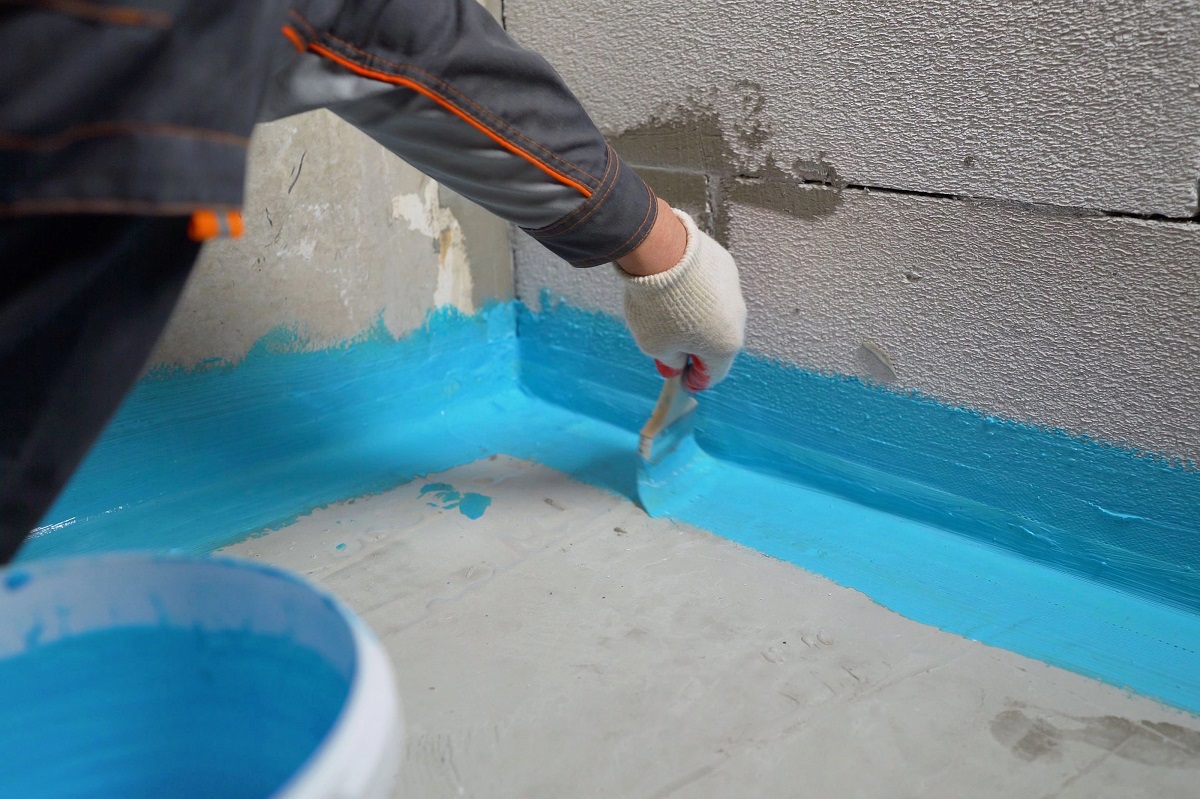
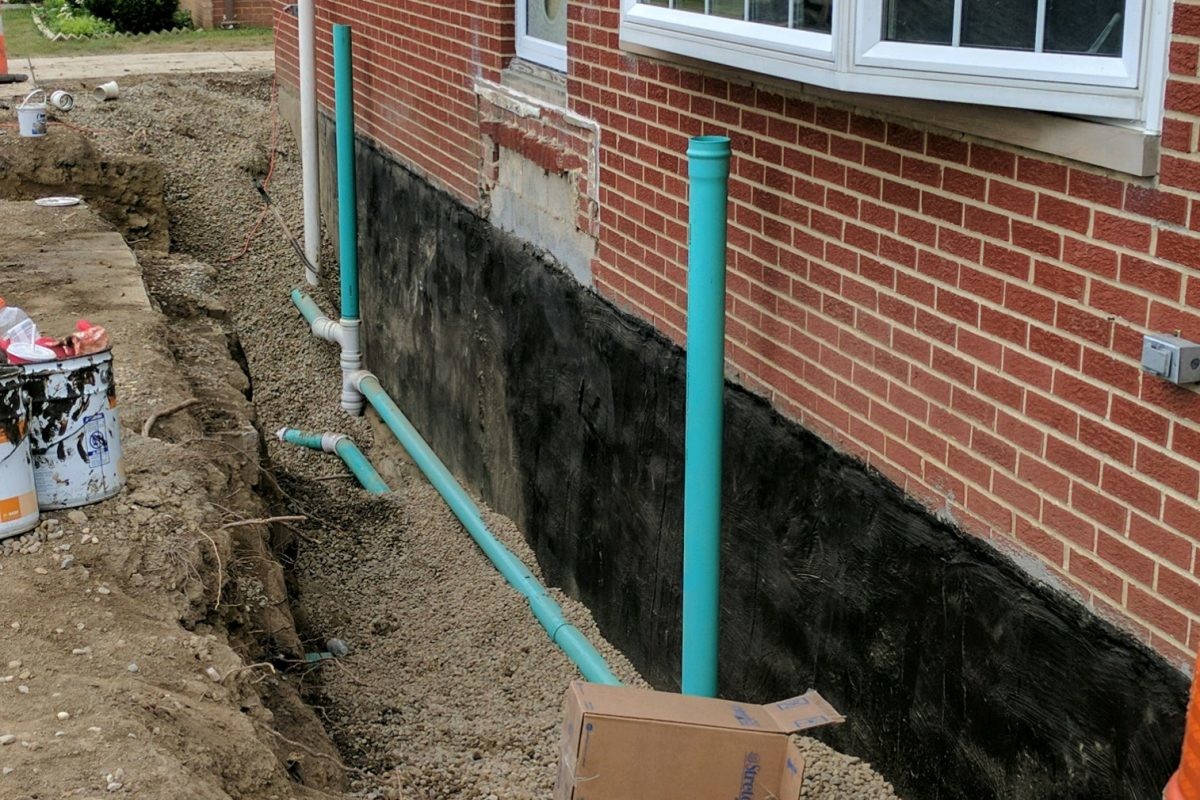

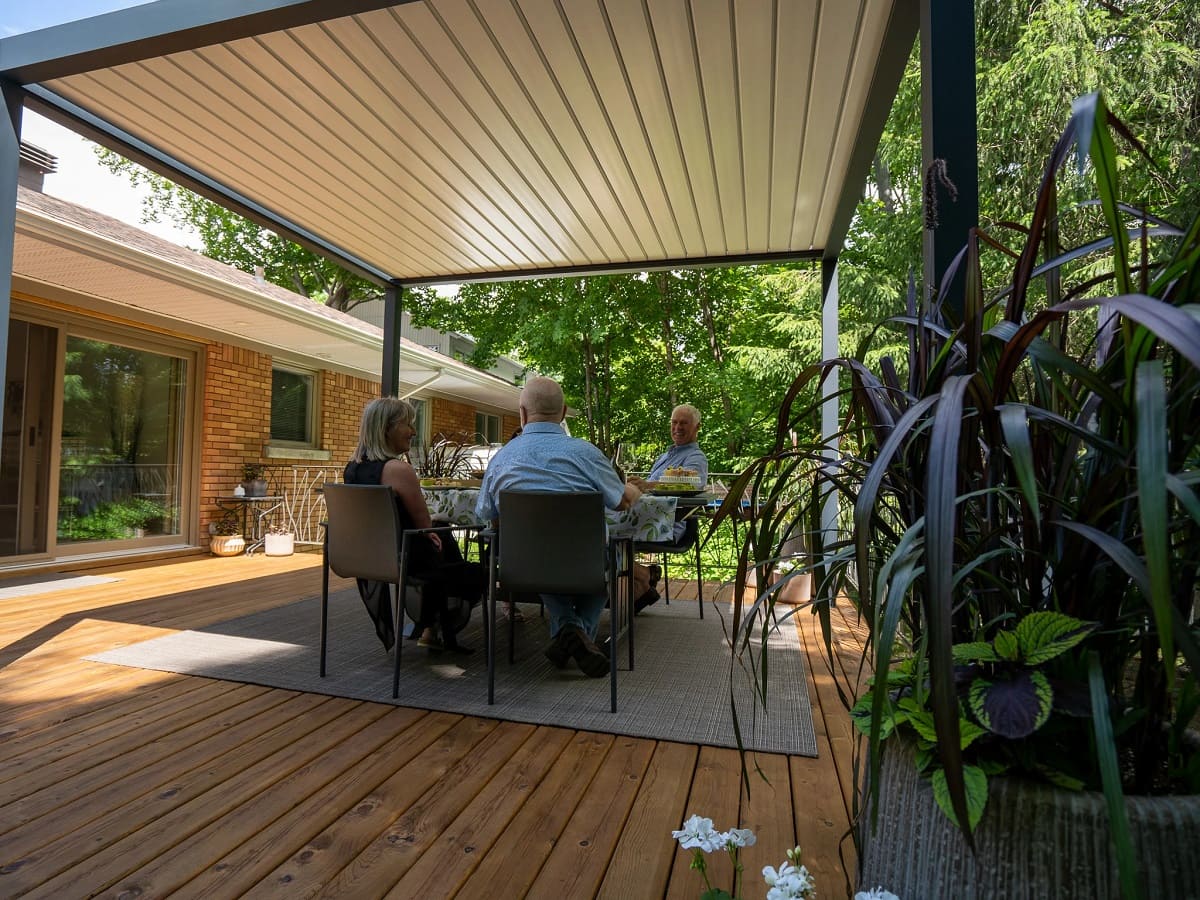
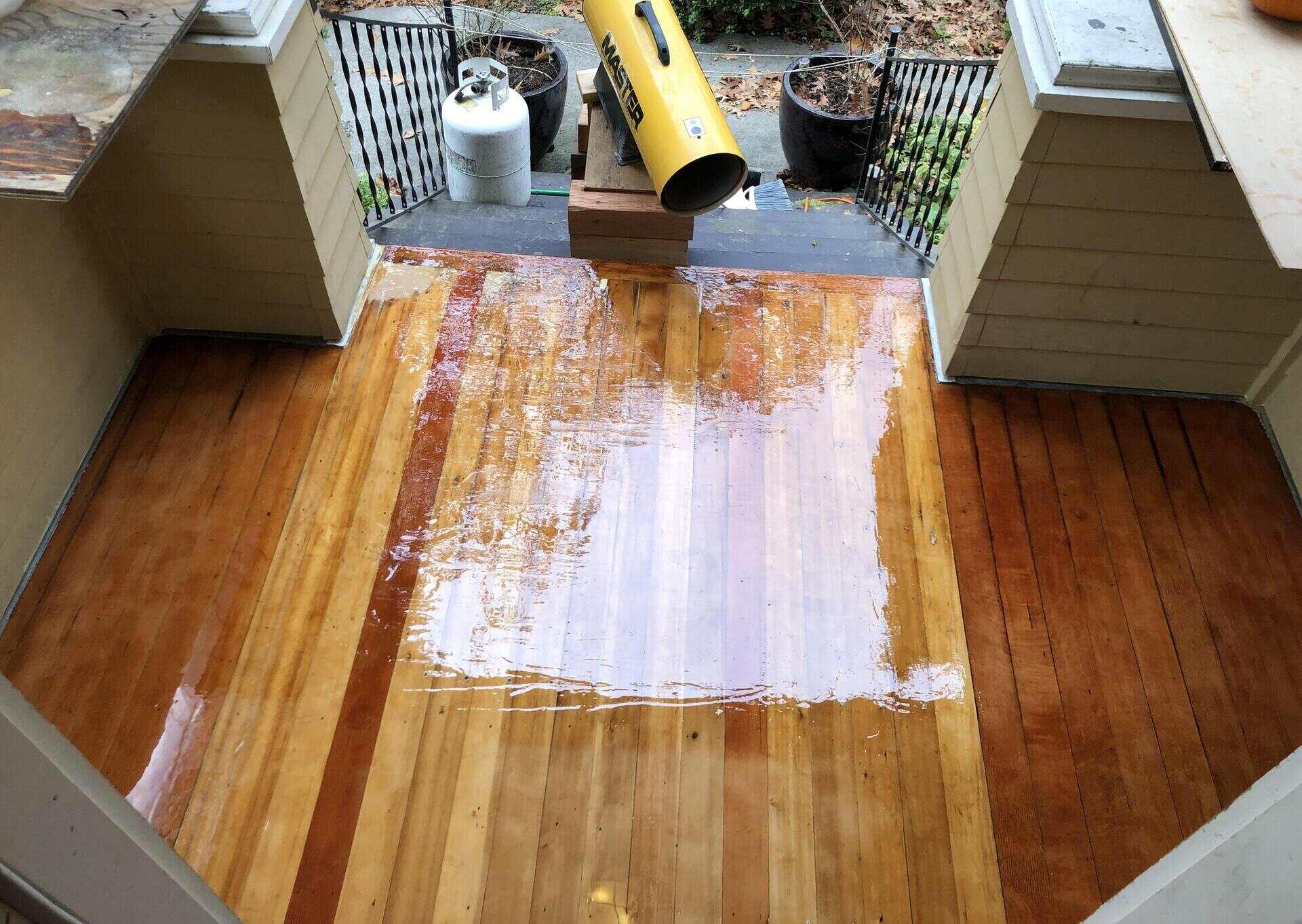
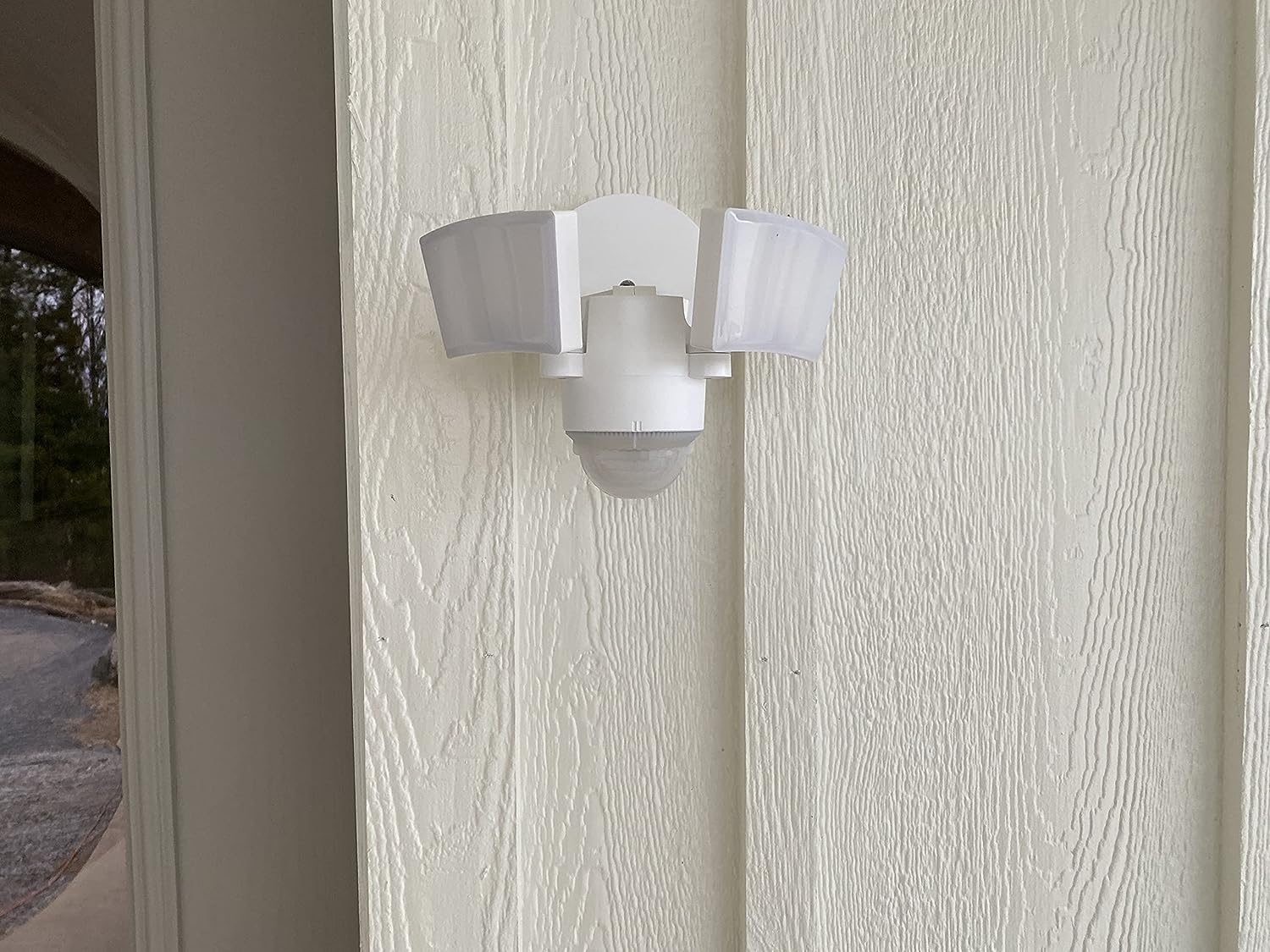
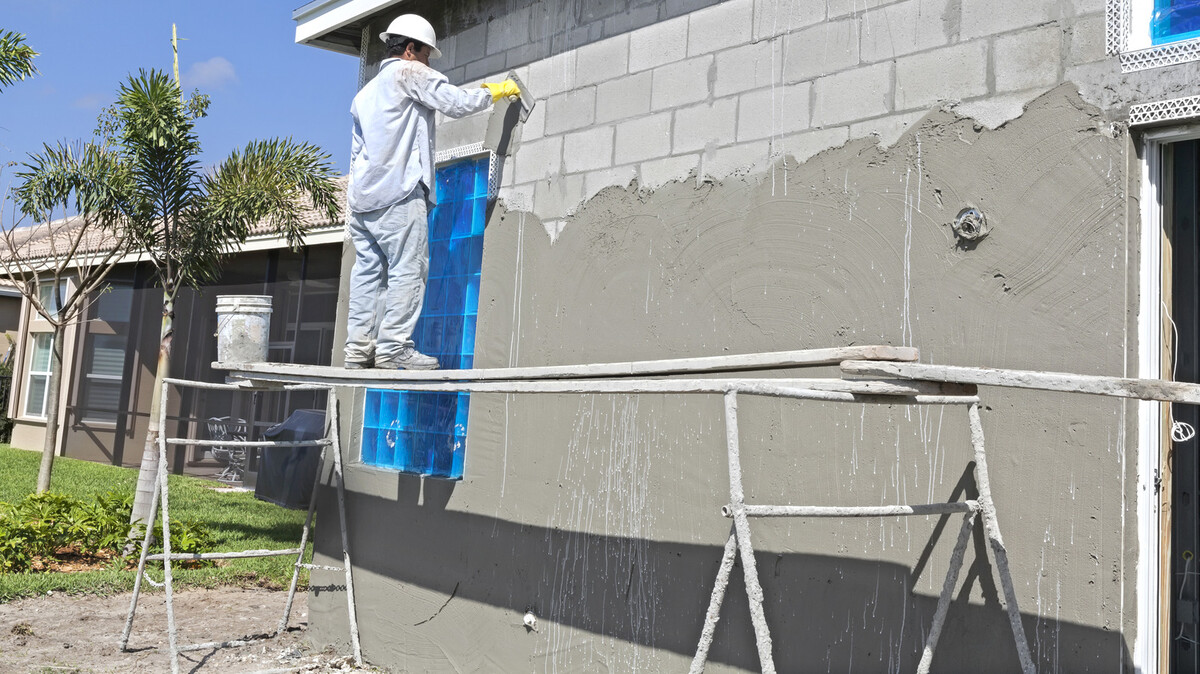
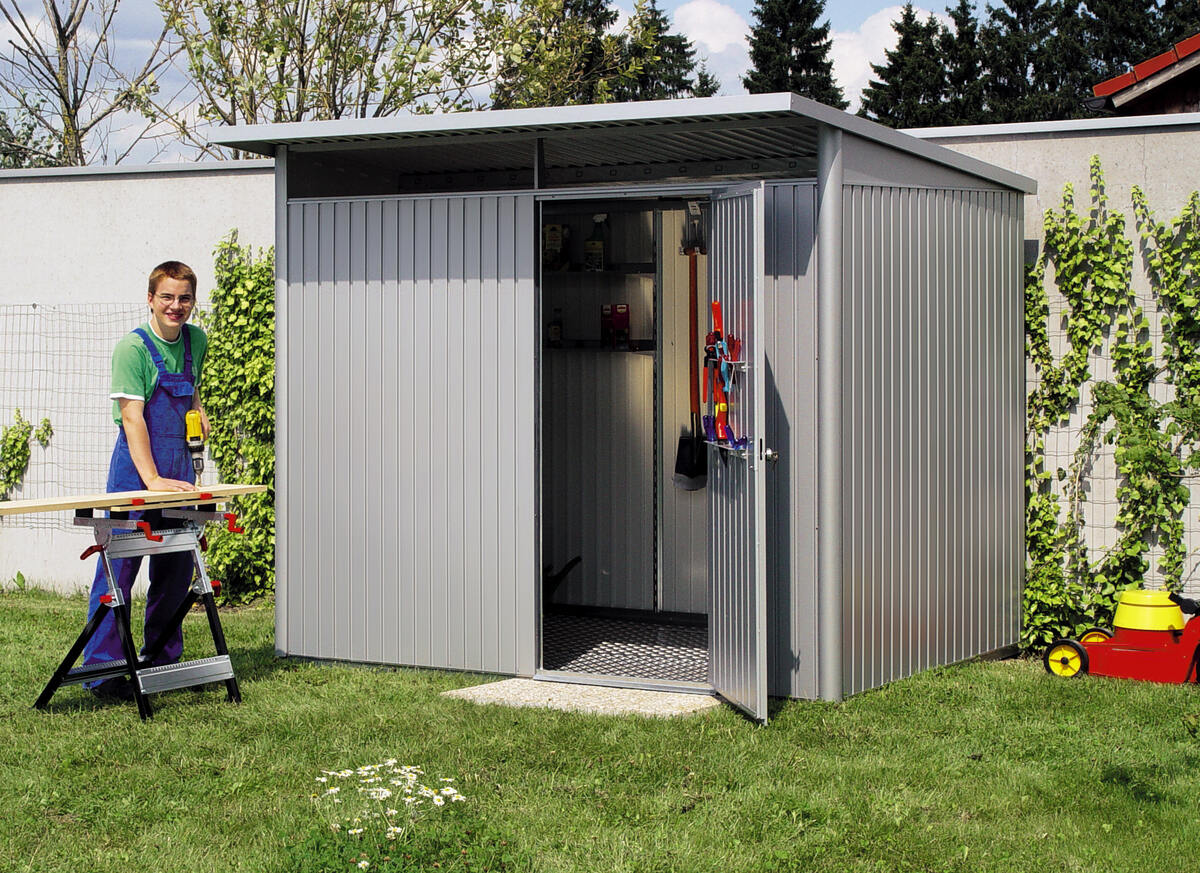
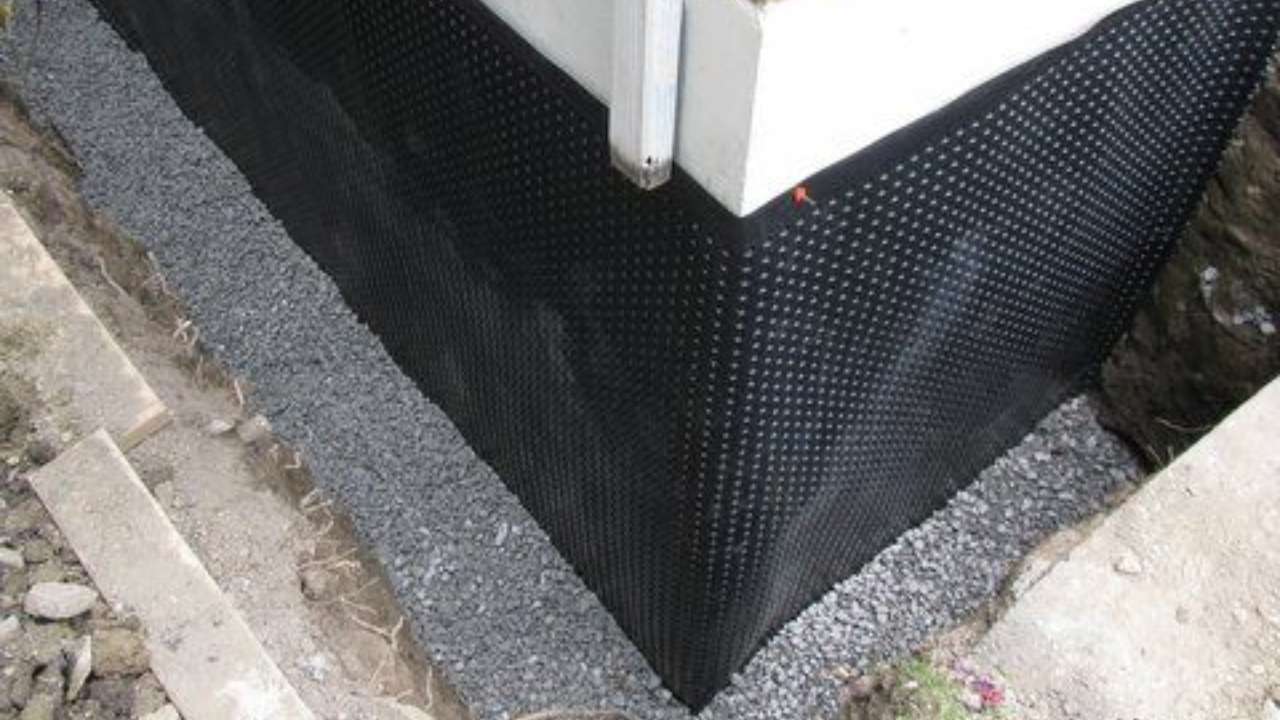
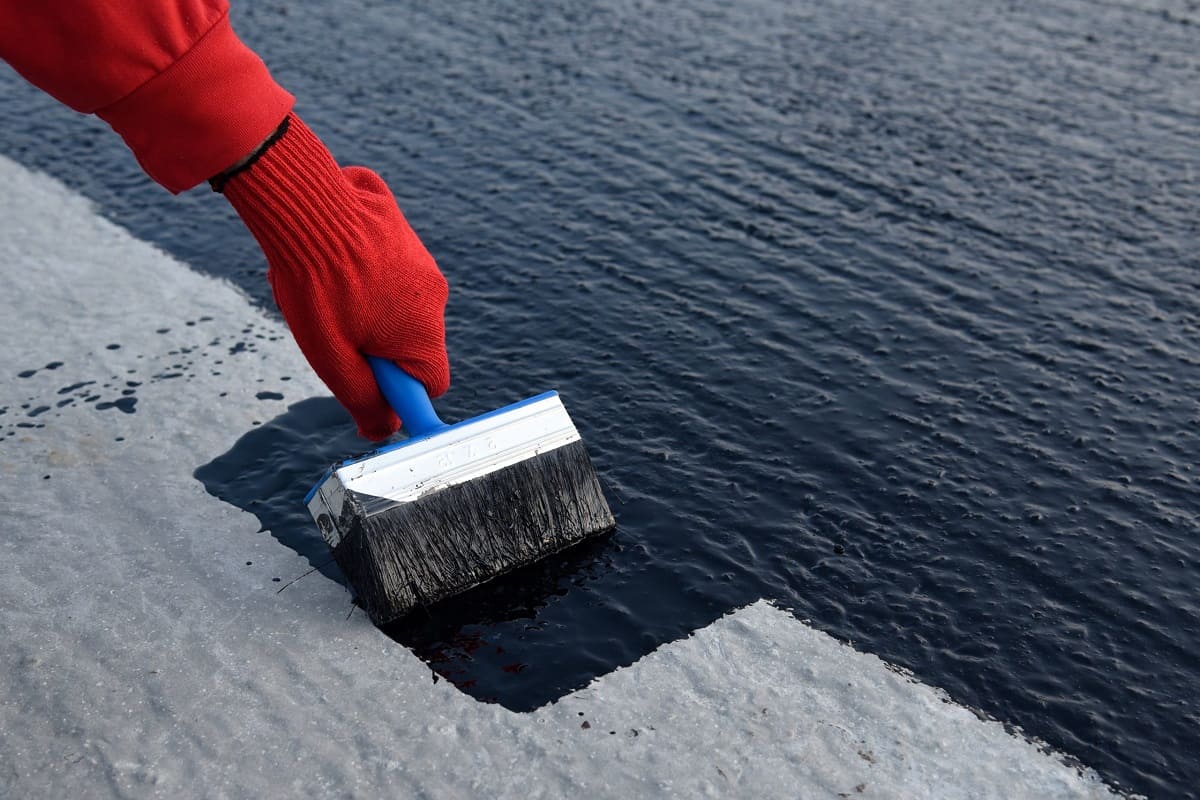
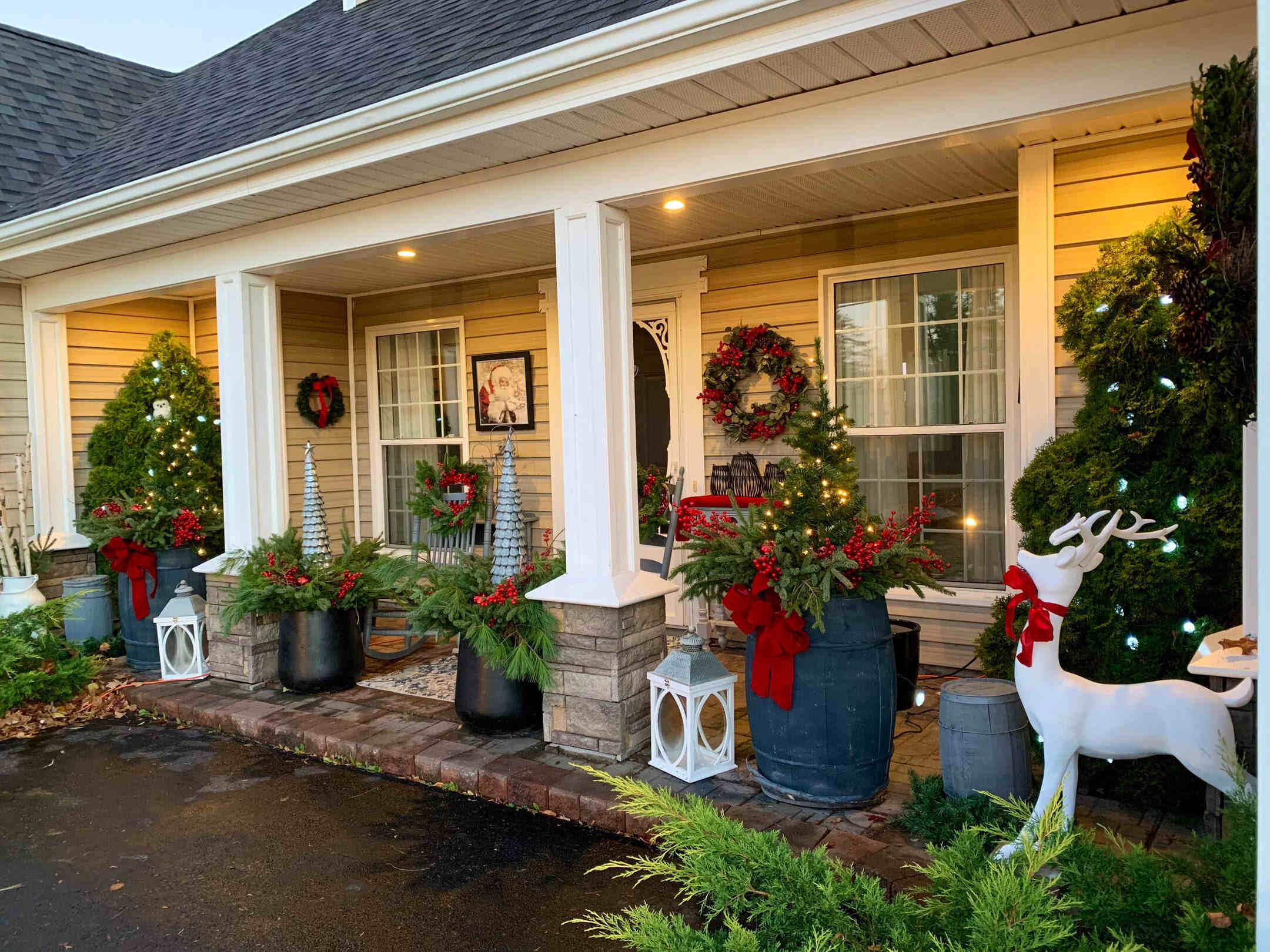

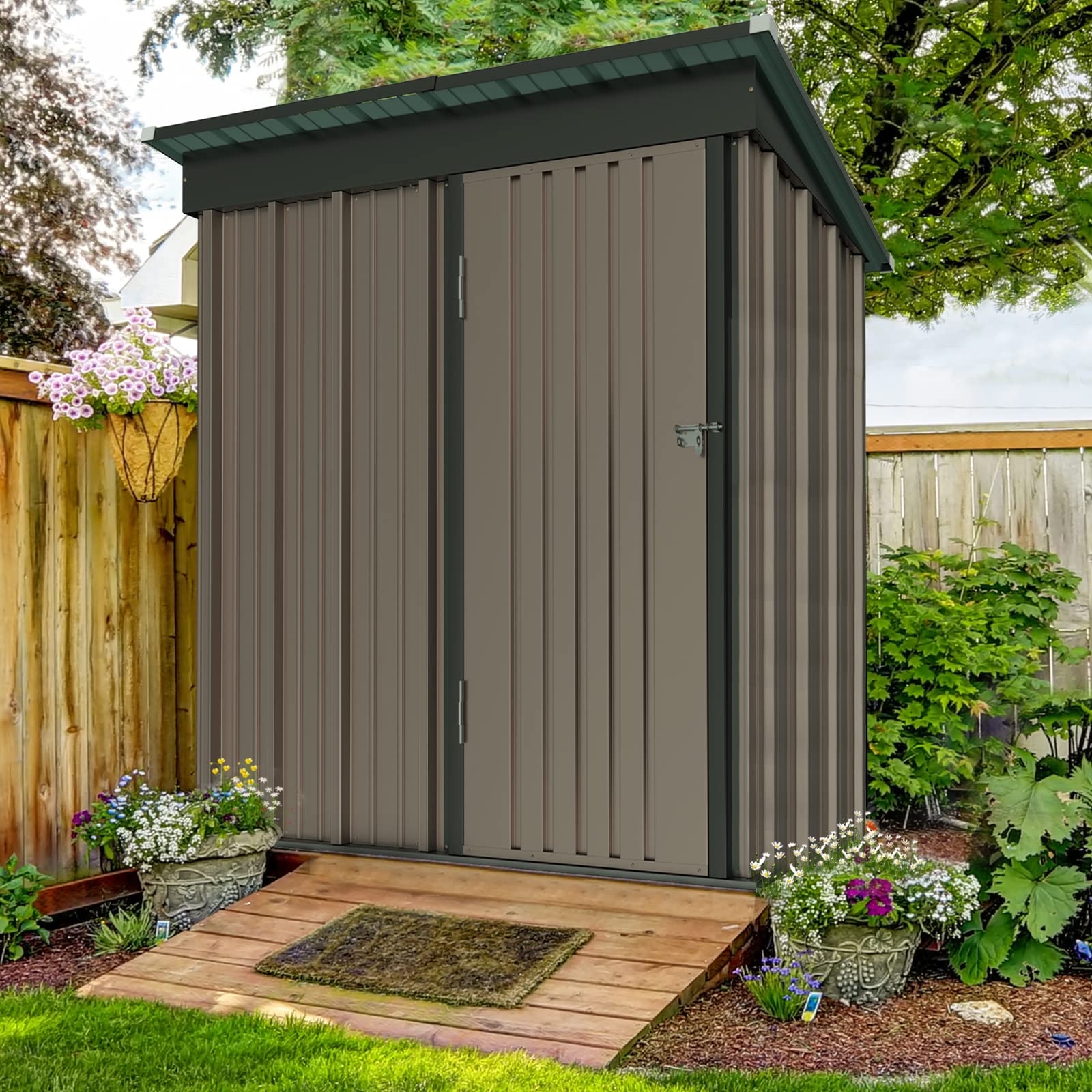

0 thoughts on “How To Waterproof The Basement”